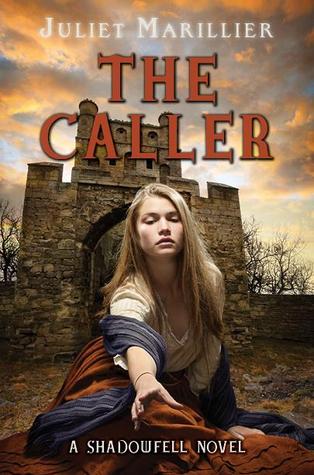Trilogies abound in the fantasy world. With trends in young adult publishing since the success of The Hunger Games, it seems like every new book that comes out is part of a series, particularly in the fantasy genre. That series structure can start to feel obligatory, but it’s helpful to remember that the trilogy accommodates the way we typically tell stories. There are places for the beginning, middle, and end; or if you want to employ the language of three-act story structure, there’s the setup, complications, and climax. Provided that the writer has enough story to justify three books, the trilogy is a reliable format.
As this TV Tropes article suggests, the middle installment of a trilogy is often considered the weak link. It lacks the novelty of the first story and the climactic excitement of the third. Personally, I often like the second part best, such as in The Hunger Games series or The Lord of the Rings films. My reasoning is that second books (or movies) deepen the character development of the first book without being as stubbornly action-focused as the third book. This preference really just reflects my priorities as a reader and viewer.
Juliet Marillier, my favorite fantasy author, is no stranger to the trilogy. Although she expanded her Sevenwaters Trilogy into a six-book series, I like to think of them as two connected trilogies. The original trilogy follows three generations of the family at Sevenwaters, while the additional three books are narrated by three sisters from the same family. True to form, my favorite book in the original trilogy is the second. However, all of Marillier’s books contain engrossing standalone stories, perhaps with the same antagonist appearing in multiple books or repercussions from the previous book driving the plot of the current story. It should be noted that these are adult fantasy novels with a high level of narrative complexity.
In her most recent young adult series, Marillier uses a more traditional version of the trilogy structure. The three Shadowfell novels have a common narrator who, along with a cast of secondary characters, is working toward one large goal. Neryn was born with the uncanny ability to communicate with the Good Folk (magical beings), but such powers are forbidden by the king. Although I enjoyed Shadowfell, the first installment, I didn’t read the second book until this fall. It wasn’t until Raven Flight that I really felt invested in the series.
That fact would fit in nicely with my “second book, best book” theory. Raven Flight raises the stakes by connecting Neryn to an underground rebel movement and fleshes out several secondary characters. However, the Shadowfell series turns out to be an exception to my rule because the third book was my favorite. The Caller continues the quest begun in Raven Flight, but plans go awry enough to keep the reader guessing. There are also more moments with Flint, a rebel spy in the midst of the king’s court, who is almost surely a more interesting character than Neryn. I was well-satisfied by how all the parts came together. Some of the typical Juliet Marillier story elements are present, but remixed in a way that should please fans, not bore them.
I’ve been having a really good year in the young adult reading department. The Best of 2014 will be here before I know it, and there will be more than enough contenders for the top ten. Not that I’m complaining!



Pingback: An Abundance of Books for Fall | Courtney Coherent
Pingback: Courtney Coherent, By the Book 3 | Courtney Coherent